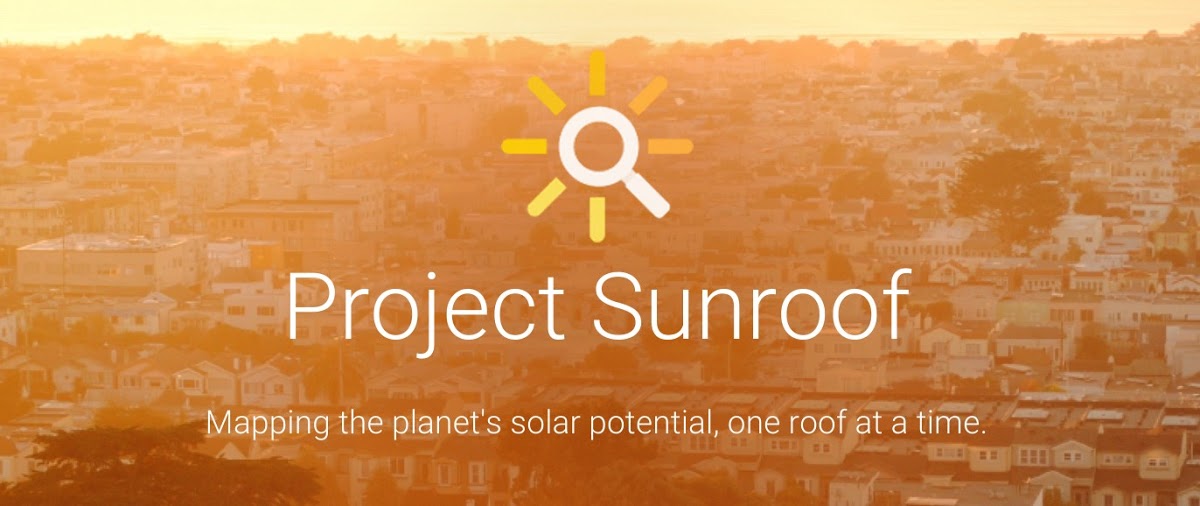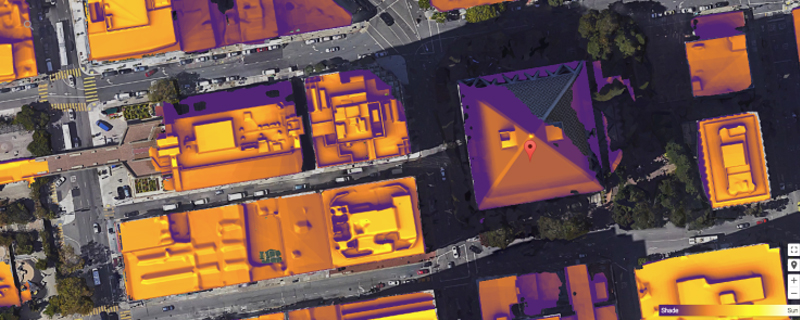On Monday, August 17th, Google—er, Alphabet—launched an initiative called Project Sunroof that aims to help consumers understand if solar power is right for them and what savings they can expect.

This announcement is really interesting for marketers looking for another highly effective marketing channel and those who just like to know what arguably the world’s most innovative company is going to do next.
As with most Google initiatives, the experience is dead simple. You simply input an address, and the site takes Google maps data and layers on a solar layer based on latitude, typical weather, shadiness of that particular location, etc. It then generates an estimated return on investment, including options if you choose to get a loan, lease, or purchase outright. Finally, it offers a list of solar providers in your area that can install the system for you. This last part is the most interesting.
What Google is now doing is essentially opening up a new revenue model.
If you’re like most people, your life is inexorably intertwined with Google services, from using Google maps as a GPS, Gmail, Chrome, Google search, Android, YouTube, and in the future, Google Fiber and TV. While many of these services are free, they come at a price. Your data.

Google knows where you live, work and play, what your interests are, your media consumption, who your friends are, and on and on. While we always knew this data would be utilized somehow, we now have a concrete example. Google’s bread and butter has always been Google search, with Adwords generating 90% of Google’s revenue.
Advertisers pay to have their ads show up in Google when people are searching for their services and thus are the most likely to click and ultimately buy. While these clicks can cost over $50, many of them are in the $1-2 range per click, enabling Google to generate billions each year in revenue. Advertisers are happy to pay these costs as the visitors they are getting are highly qualified. However, only a few of these visitors are ready to buy. Many still have questions and need to conduct their due diligence in order to make an informed decision.
What Project Sunroof does is offer an experience that brings a user significantly further down that decision-making funnel. If Google can offer an even more highly qualified visitor, how much would advertisers pay for that? 5x? 10x?
Additionally, Google can apply the Project Sunroof approach to many other high consideration categories. For example, Google could track your driving habits and make automobile recommendations. It could make health or fitness recommendations based on your Android health data and search behavior.
Google isn’t necessarily the only game in town. While they do have access to an astounding plethora of data, other companies such as Facebook or even third party companies who buy specific data to layer on top of their own could replicate this approach for other industries. Smart marketers should watch this space very carefully and determine if there are services being made available in their business category.
The sky really is the limit and Google may have just untapped a new revenue source that could finally give AdWords a run for its money.